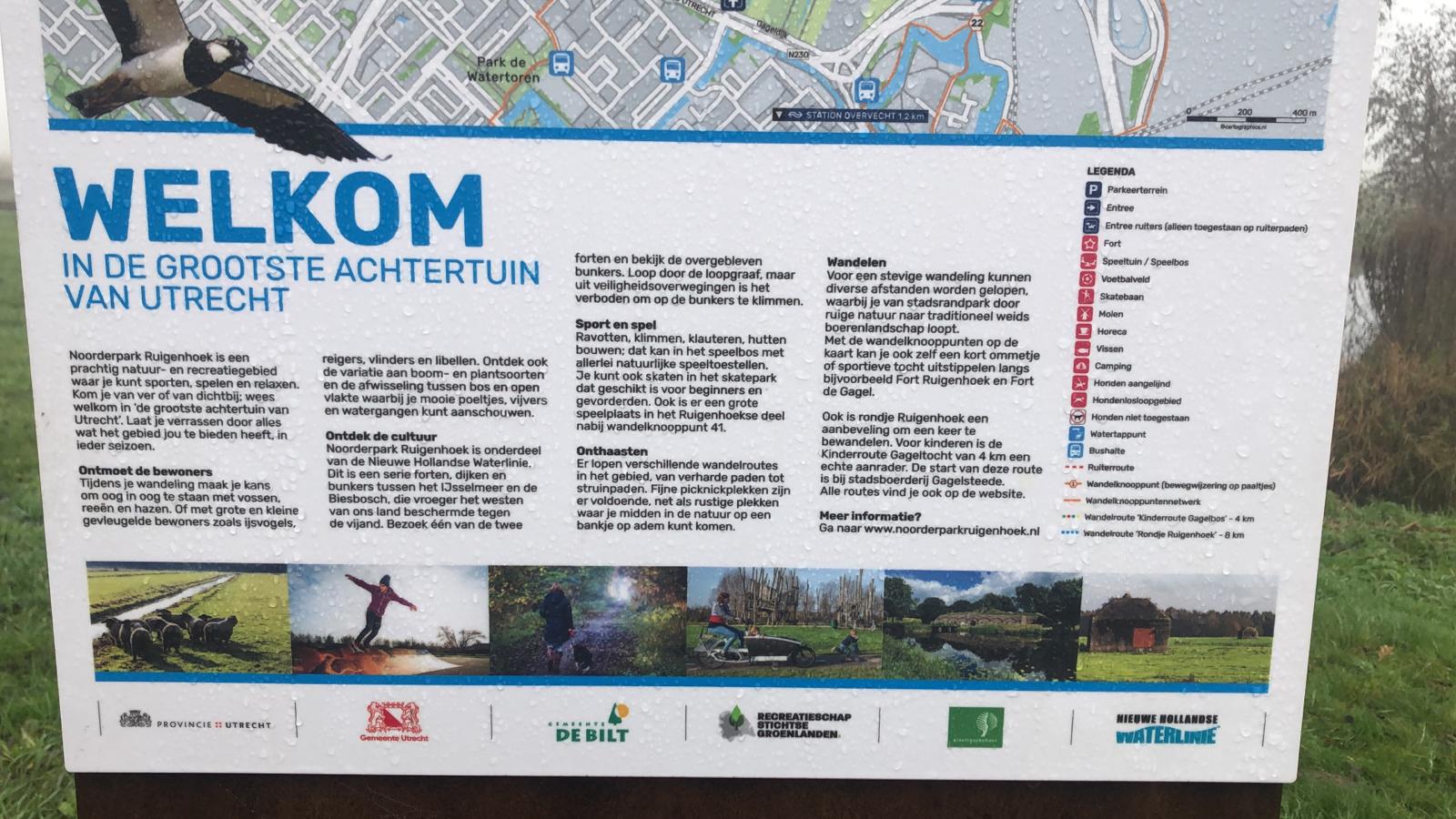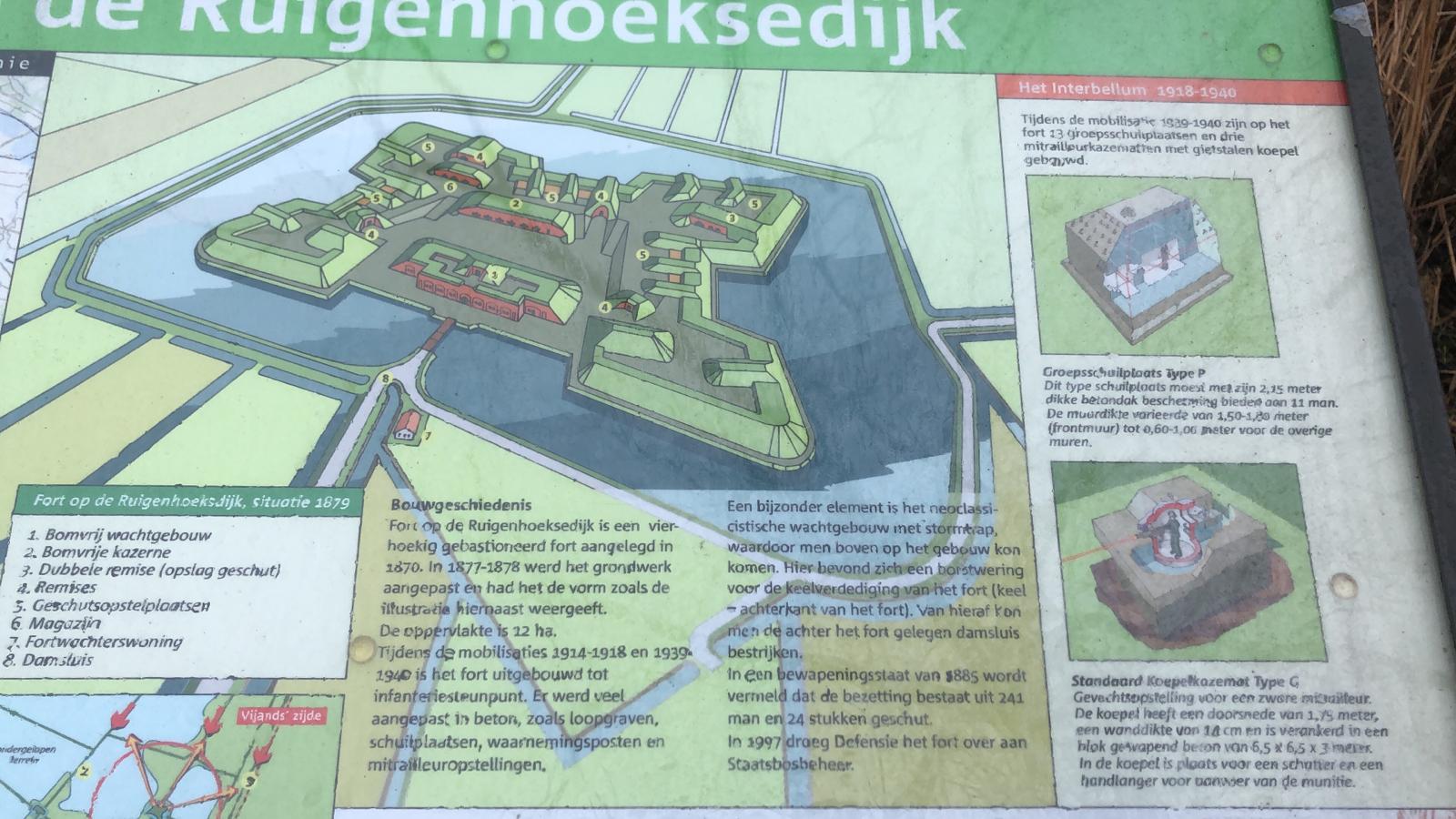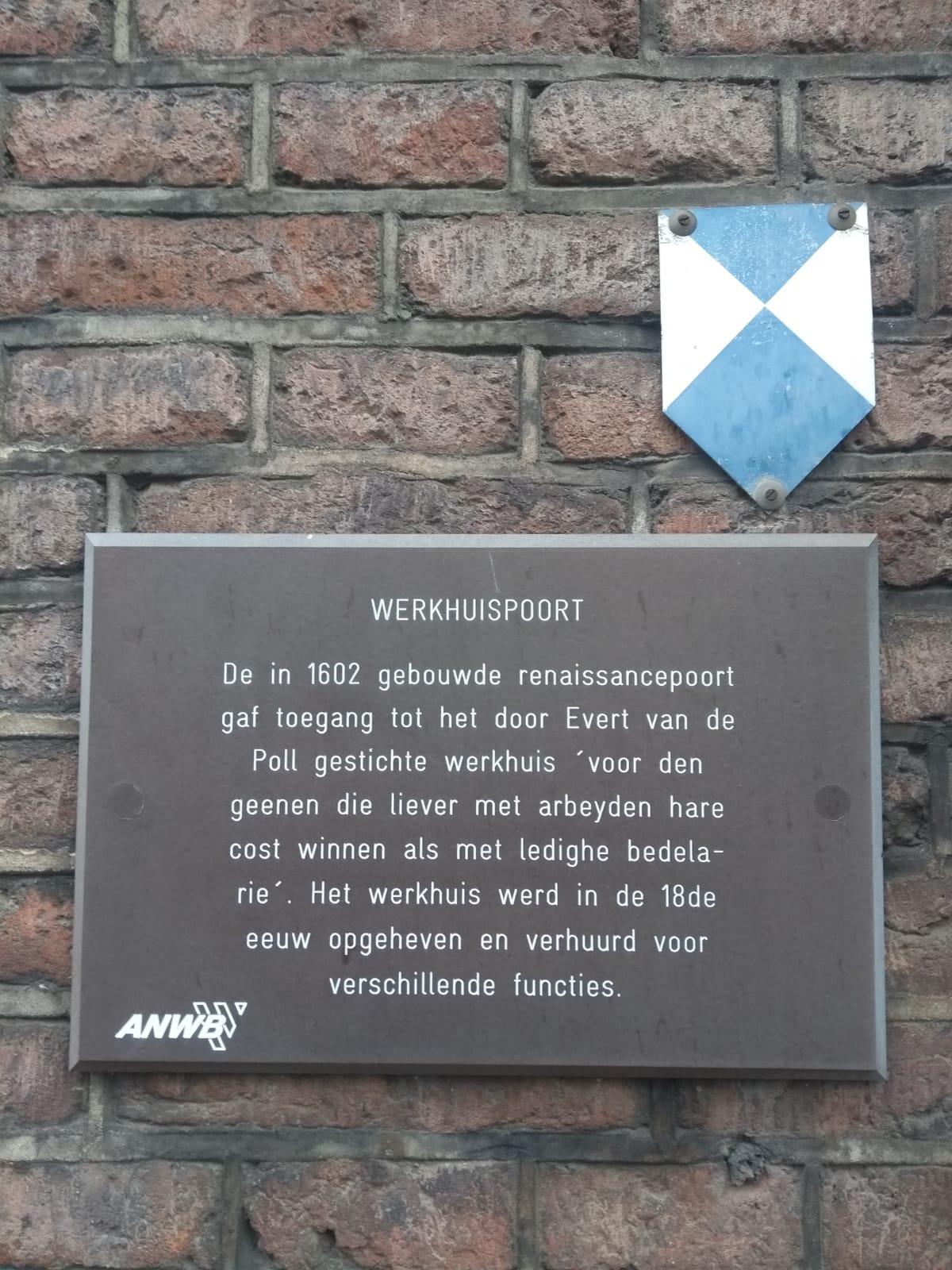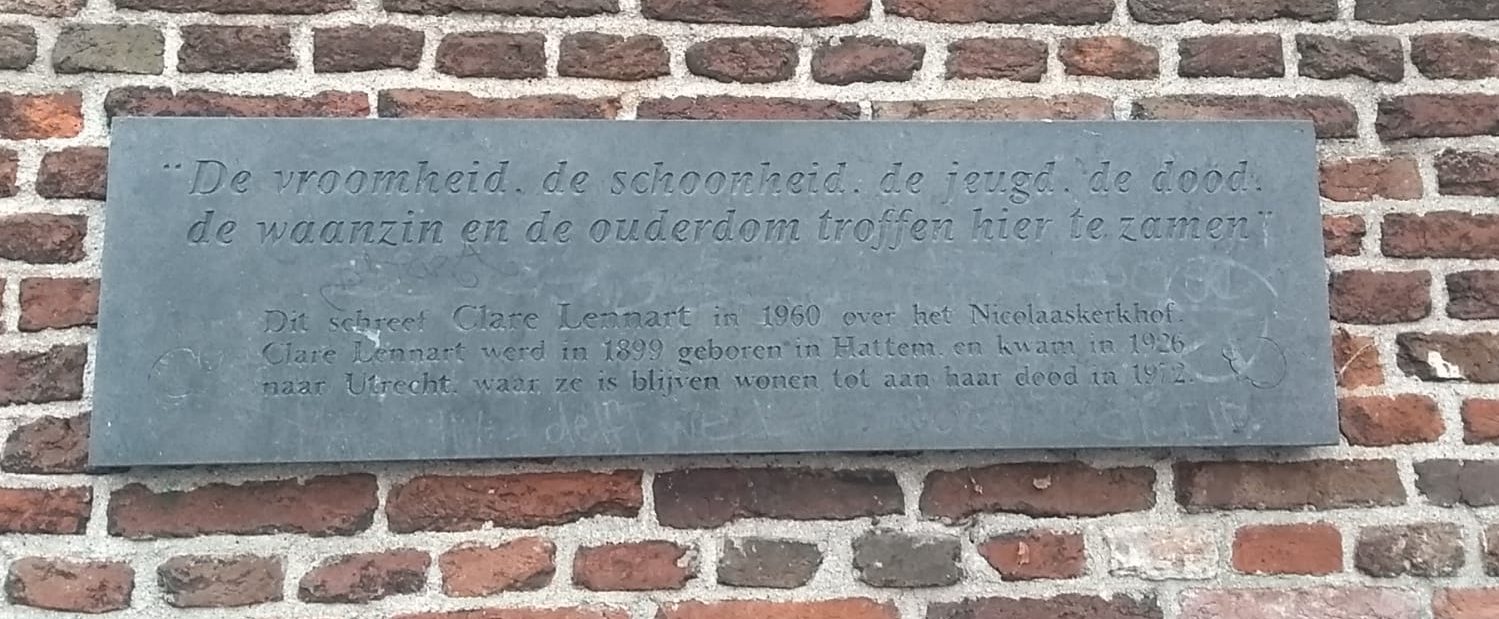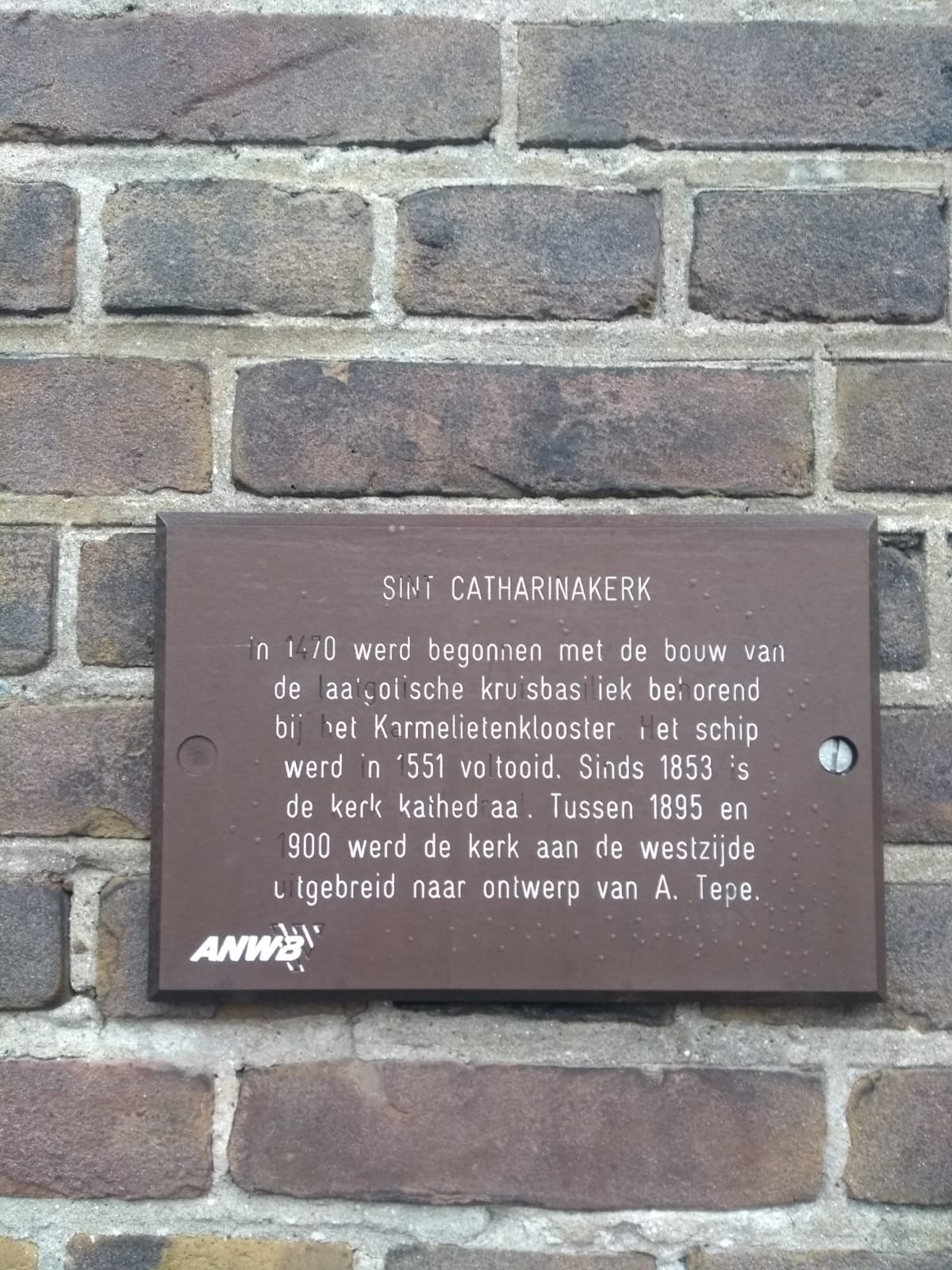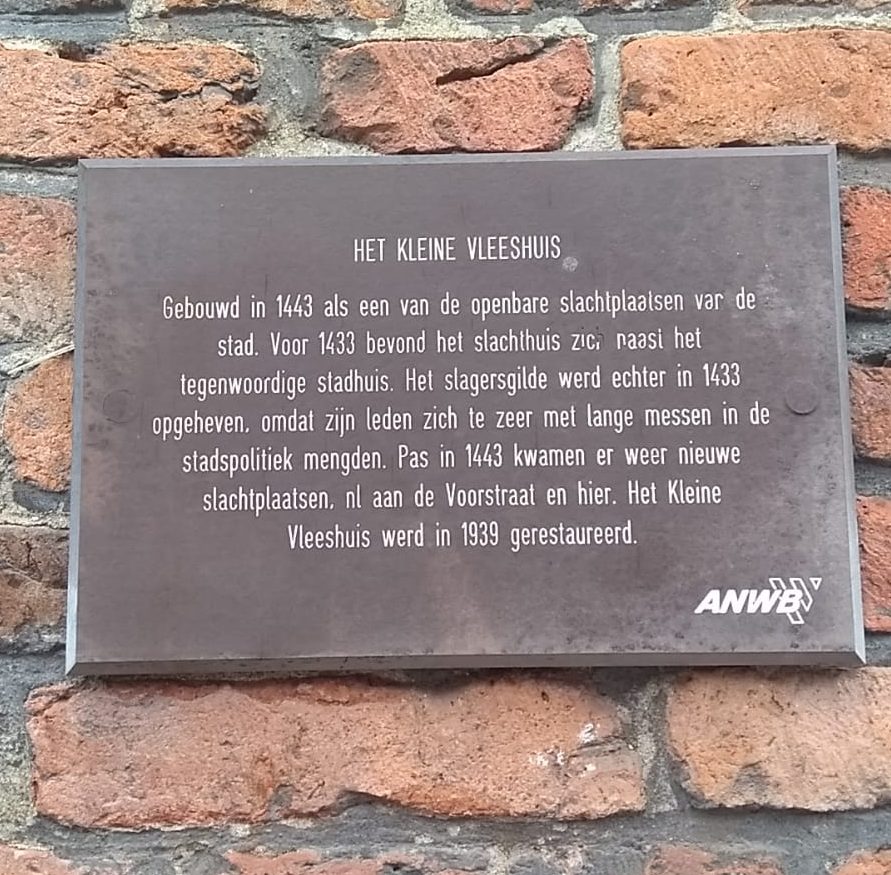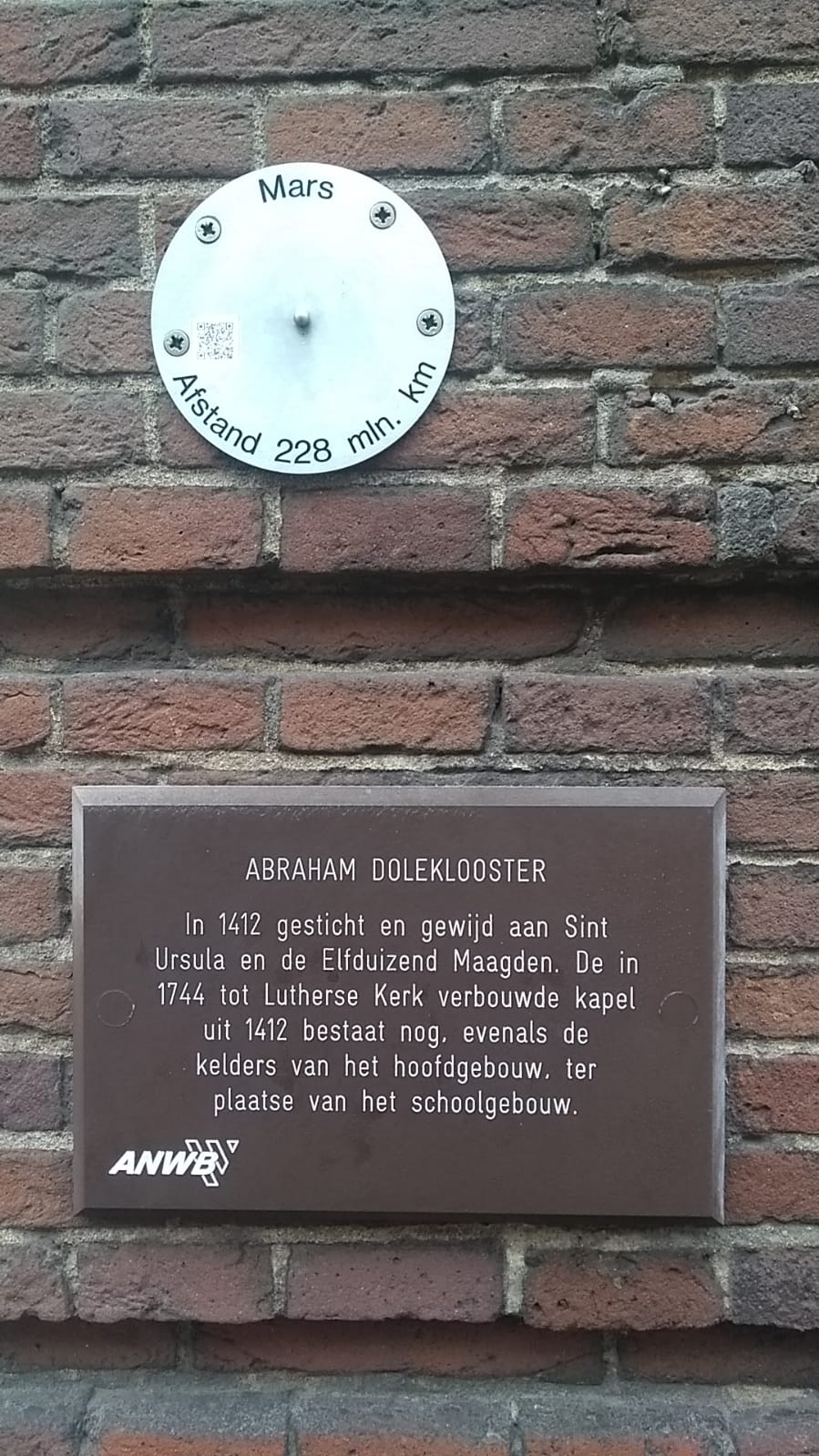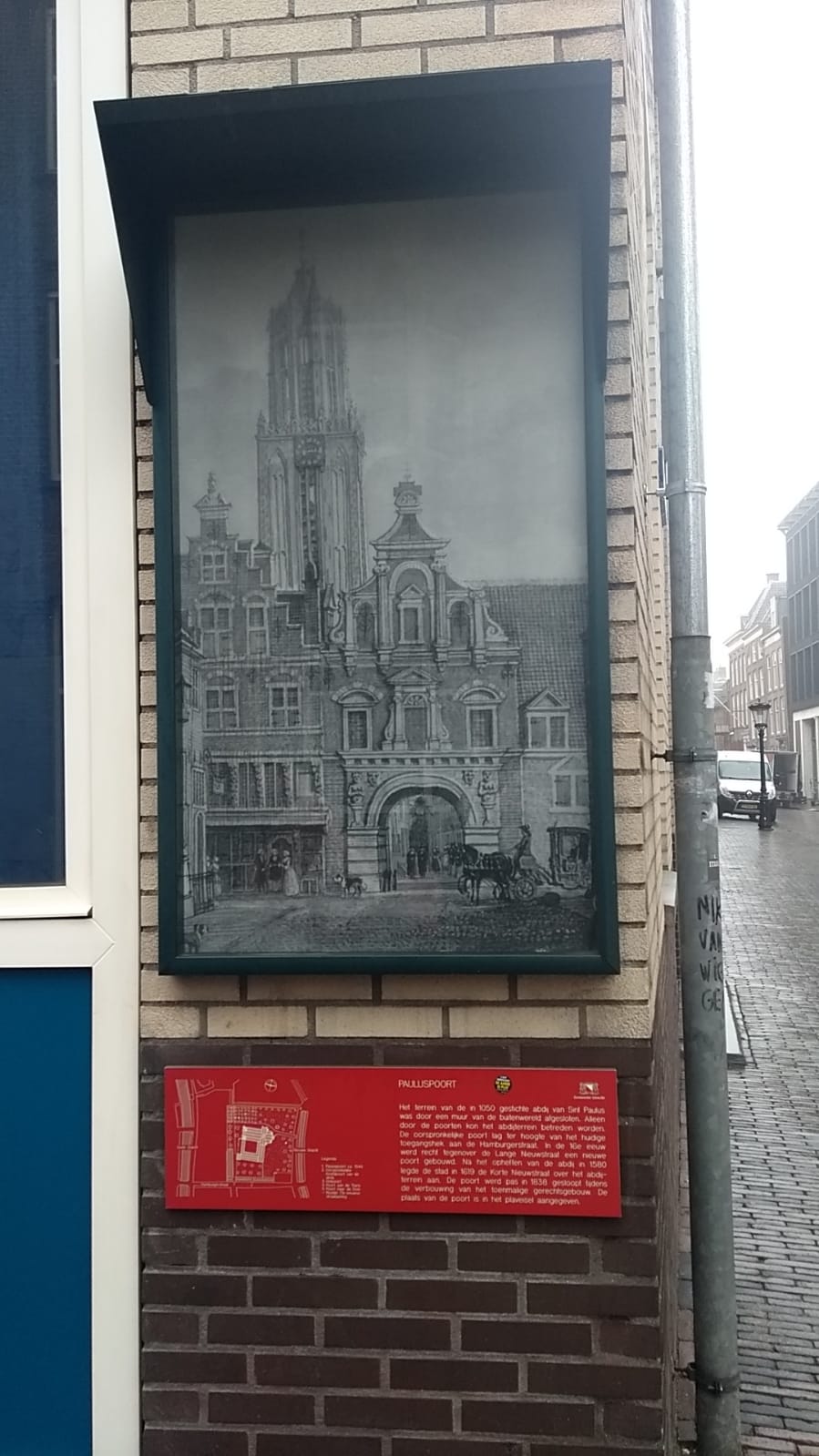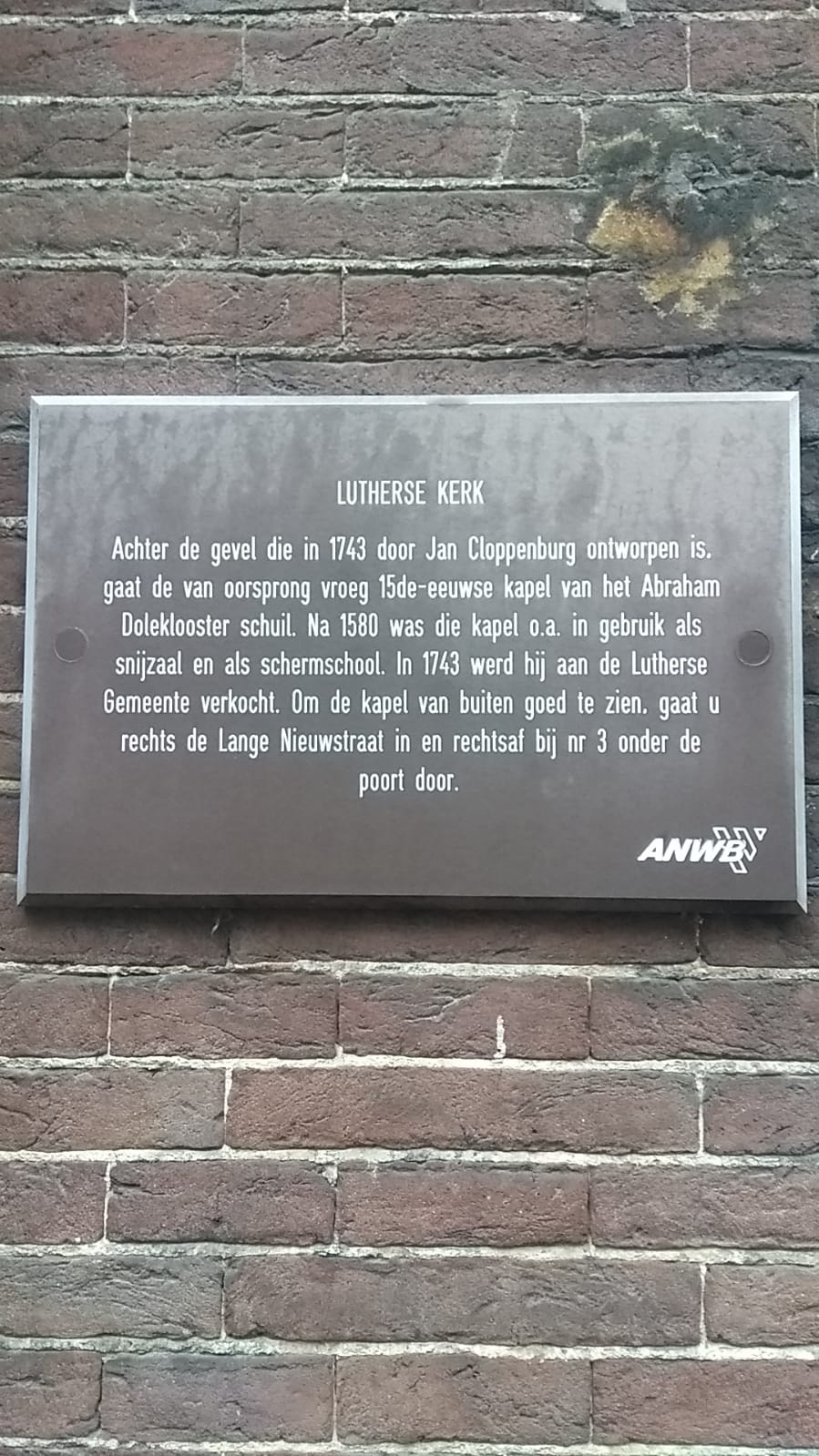Noorderpark Ruigenhoek withholds beautiful nature and recreation areas, where you can exercise, play and relax. No matter the distance traveled; be welcome in ‘the largest backyard of Utrecht’. Be surprised by everything the area has to offer, throughout the seasons. Meet the residents During your walk you have the chance to come face to face […]
Fortress on the Ruigenhoeksedijk
Box 1: The New Dutch Water Line The New Dutch Water Line was the main defense line of our country from 1815 to February 1940. This line consisted of a chain of 50 forts, 6 fortified towns and 750 concrete group shelters, 88 military rifle casemates and many military locks. An 85-kilometer-long Waterline ran through […]
Workhouse Gate
The in 1602 constructed renaissance gate gave access to the workhouse founded by Evert van de Poll ‘for the ones who prefer to earn their living through labour than with empty begging’. The workhouse was abolished in the 18th century and rented out for various purposes.
Clare Lennart
“Piety, beauty, youth, death, madness and old age congregated here” Clare Lennart wrote this in 1960 about the Nicolas Graveyard (Nicolaaskerkhof). Clare Lennart was born in 1899 in Hattem and came in 1926 to Utrecht. She lived here until her death in 1972.
Agnites’ Monastery
The monastery, which was founded in 1420, got around 1515 a new double chapel along the street. In 1674 it became a children’s home for city crafmanship, after which it became a barracks in 1830. During the renovations for the Central Museum in 1919, the chapel and main wing remained in existence, built on a […]
Saint Catharina’s Church
The construction of the late gothic cross basilica, part of the Carmelite Monastery, started in 1470. The nave of the church was completed in 1551. The church became a cathedral in 1853. From 1895 to 1900, the church was expanded on the west side by design of A. Tepe.
The Little Meat House
Built in 1443 as one of the city’s public slaughter houses. Before 1433 the slaughter house was located next to the current town hall. The butcher’s guild, however, was abolished because its members meddled too much in the city’s politics. Only in 1443 new slaughterhouses were opened, namely here and in the Voorstraat. The Little […]
Abraham Dole Monastery
Founded in 1412 and dedicated to Saint Ursula and the Eleven Thousand Virgins. The original chapel , which was transformed into the Lutherian Church in 1744, still exists, as do the cellars of the main building, which was located at the current location of the school building.
Saint Paul’s Gate (Pauluspoort)
Saint Paul’s Gate The grounds of the abbey of Saint Paul, founded in 1050, were closed off from the outside world by a wall. The abbey grounds could only be entered through the gates. The original gate was located at the level of the current entrance gate on Hamburgerstraat. In the 16th century, a new […]
Lutherian Church
Lutherian Church Behind the facade, which was designed by Jan Cloppenburg in 1743, lies the originally early 15th-century chapel of the Abraham Dole Monastery. After 1580, the chapel was used, among other things, as an anatomy lecture hall and as a fencing school. In 1743 he was sold to the Lutherian municipality. To get a […]

